Understanding Mange in Dogs and Effective Healing Methods

Mange isn’t just an irritating skin issue; it’s a serious condition that robs dogs of their comfort and vitality. Caused by mites, symptoms like itching and hair loss often appear weeks after contact. It can start subtly around the ears or belly, but left untreated, it quickly spreads. Knowing how mange happens and how to treat it can restore your dog’s health.
What Is Mange?

Mange is a bothersome skin issue triggered by microscopic parasitic mites that can affect both dogs and their playful puppies. Imagine your beloved pet constantly itching or scratching; it’s heartbreaking. These little pests disrupt their skin’s health, leading to irritation and hair loss. There are three types of mange you should beware of.
Sarcoptic Mange

This highly contagious condition can drive your dog to scratch and bite relentlessly, leading to distress and discomfort. Just picture your loyal companion struggling with constant itching. The silver lining? With swift treatment, you can help restore their comfort and joy. Let’s not give those little mites the upper hand.
Demodectic Mange

Demodex mites normally live harmlessly in your dog’s hair follicles. However, if your dog’s immune system is weakened, like young puppies or stressed-out pets, these mites can overpopulate, leading to skin issues. It can be alarming to see your dog struggling, but with the right care, they can bounce back and regain their healthy coat.
Otodectic Mange
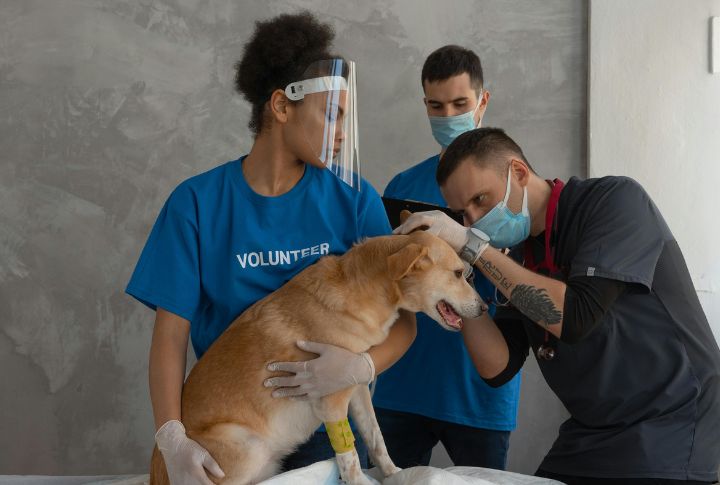
These tiny critters feast on ear wax and oils, resulting in itchy, irritated ears. You may observe your dog frequently shaking their head or pawing at their ears, an obvious sign they need help! Regular checkups and effective treatments can keep your pup’s ears healthy, and keep them in tip-top shape.
How Dogs Get Demodectic Mange

Dogs acquire demodectic mange from their mothers shortly after birth. The mites are a normal part of a dog’s skin flora but multiply in dogs with weakened immunity. Factors like poor health, stress, or underlying conditions can trigger an overgrowth of these mites and lead to mange outbreaks.
Symptoms of Mange
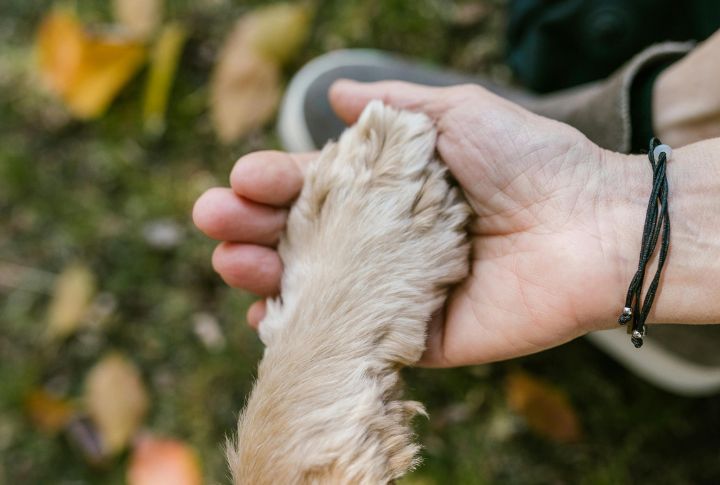
Sarcoptic mange typically causes intense itching, redness, scabs, and hair loss, especially around the ears, belly, and legs. Demodectic mange starts with small patches of hair loss and may progress to widespread skin infections, redness, crusty patches, and sometimes swelling or secondary bacterial infections if untreated.
Diagnosing Mange
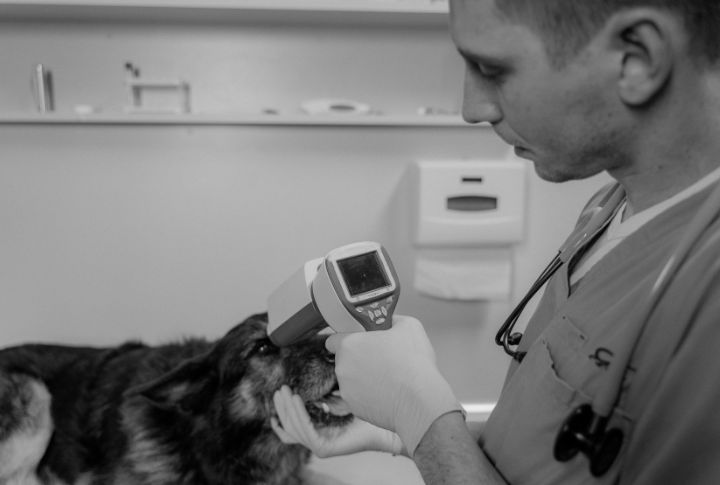
Veterinarians diagnose mange by taking skin scrapings to examine under a microscope. They look for mites or their eggs in the samples. Sometimes, even if no mites are found, the symptoms of mange are still treated, especially in cases of severe itching or hair loss that point to an infestation.
Treatment Options for Mange

One of the ways of preventing mange is keeping your dog’s environment clean and avoiding contact with infected animals. Regular checkups, grooming, and maintaining a strong immune system through proper nutrition can also help keep mange at bay. For dogs with demodectic mange, early detection is key to controlling outbreaks.
Preventing Mange

One of the ways of preventing mange is keeping your dog’s environment clean and avoiding contact with infected animals. Regular checkups, grooming, and maintaining a strong immune system through proper nutrition can also help keep mange at bay. For dogs with demodectic mange, early detection is key to controlling outbreaks.
The Role of Nutrition in Recovery

A strong immune system is essential for fighting mange. Providing your dog with a well-rounded diet packed with essential vitamins and nutrients can support their recovery and prevent future flare-ups. Omega-3 fatty acids, zinc, and high-quality proteins are particularly helpful in promoting skin health and reducing inflammation.
Sarcoptic Mange – What to Expect
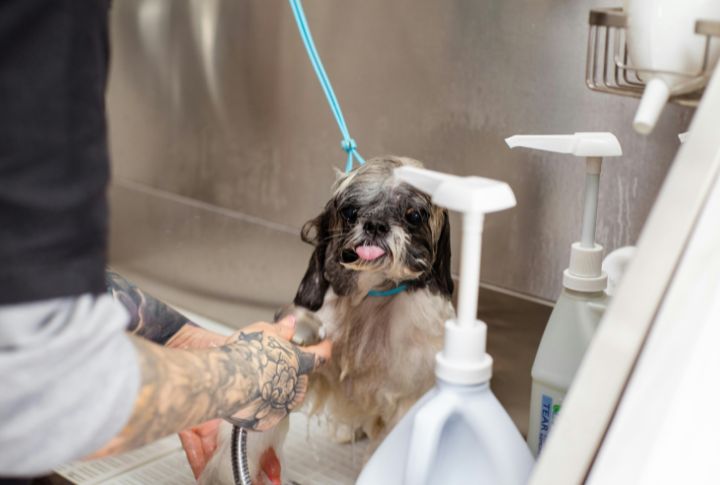
Dogs with sarcoptic mange may experience worsening symptoms before getting better. The itching and discomfort can be severe, but treatments like medicated baths and anti-parasitic medications will help. Patience is key, as it may take weeks to see significant improvements in your dog’s condition.
Demodectic Mange – What to Expect
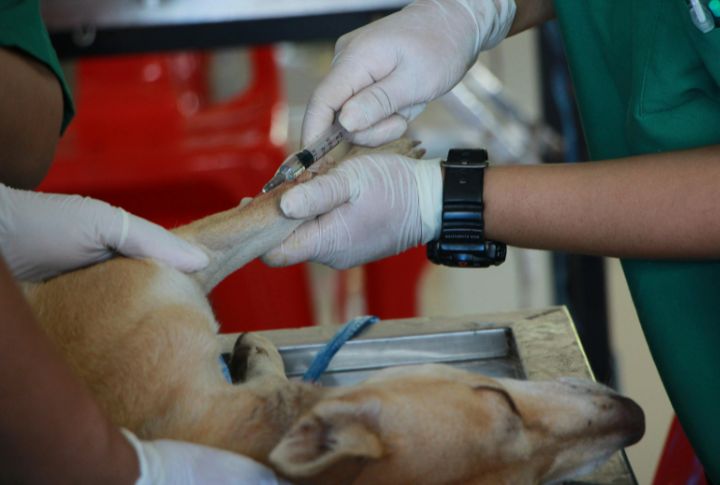
Demodectic mange often takes longer to treat because it’s linked to the dog’s immune system. Topical treatments or oral medications can help control the mites, but ongoing monitoring is needed, especially in dogs with chronic immune issues. Frequent visits to the vet are necessary to make sure the mange stays properly managed.
Natural Solutions for Mange Relief

Finding gentle solutions for managing can be a rewarding journey. Start with pure aloe vera gel to soothe irritation in the skin, which can be calmed, helping to ease itching while encouraging the healing process. Honey, valued for its natural antibacterial qualities, can be an effective remedy.
When to See the Vet

If you notice signs of mange, like excessive scratching, hair loss, or scaly skin, it’s important to see a vet promptly. Addressing the issue early can stop the condition from escalating. Even if symptoms seem mild, it’s better to be cautious, as mange can spread quickly if untreated.
Keeping Mange Away for Good
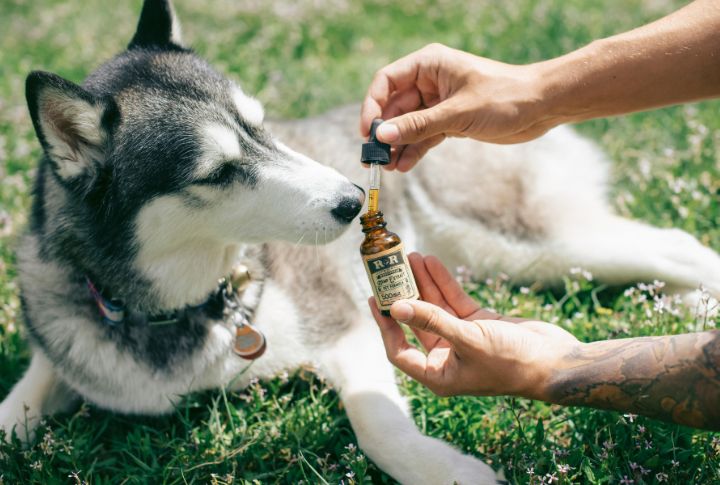
After your dog recovers from mange, regular checkups and grooming are key to keeping the condition from returning. Use vet-recommended parasite preventatives and monitor their skin health closely. A healthy diet, a clean environment, and avoiding contact with infected animals will help ensure your dog stays mange-free long-term.





